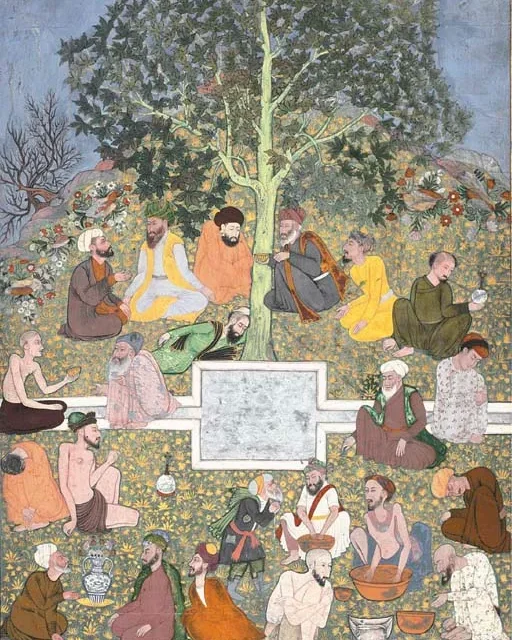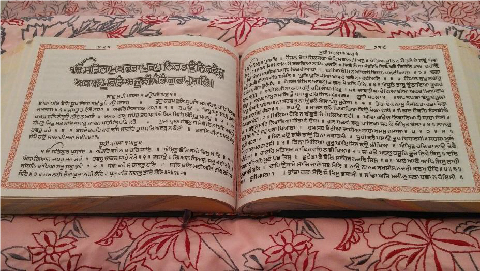DEVA SINGH, SARDAR BAHADUR(d. 1872), son of Fateh Singh and a great grandson of Savan Singh, cousin of Sarigat Singh, the leader of the Nishanavali misi, came of a Shergil Jatt family of Mansurval, in Firozpur district. Deva Singh joined service under Maharaja Ranjit Singh in 1816 at a very young age. After some time, he was put under Lahina Singh Majithia who made him commandant of the regiment of his brother, Gujjar Singh. In 1834, he accompanied the young Sardar to Calcutta on a mission half complimentary, half political. In 1842, he was transferred to the Gurkha regiment to serve in Hazara.
NIHAL SINGH SODHI (d. 1859), son of Megh Singh, entered Maharaja Ranjit Singh`s army in 1819, and was, five years later, made commandant of 100 horsemen in the Charyari corps. He fought for Maharaja Sher Singh during the siege of Lahore in January 1841. Under Sher Singh`s successor, Nihal Singh was sent in command of 1,000 horse to administer the area of Dhanni which was in a state of insurrection. He shot the leader of the insurgents dead and by his vigour and severity soon reduced the country to submission.

AHMAD, SHAIKH (1564-1624), celebrated Muslim thinker and theologian of the Naqshbandi Sufi order, was born on 26 May 1564 at Sirhind in present day Patiala district of the Punjab. He received his early education at the hands of his father. Shaikh `Abd al-Ahad, and later studied at Siaiko, now in Pakistan. About the year AD 1599, he met Khwaja Muhammad al-Baki bi-Allah, who initiated him into the Naqshbandi order. Shaikh Ahmad soon became a leading figure in that school and wrote numerous letters and treatises on many fine points of the Sufi doctrine such as the concepts of prophecy {nubuwwah) and sainthood (walayah) and the relationship between shari`ah, i.e. religious law, and tariqah, the mystic path.
- 1
- 2








